What do you remember about the technology hotspots of the past year? Have you ever been attracted by some of them, and even got into “quarrels” with your colleagues?
At the beginning of the new year, Guoke has prepared a few short stories for you, all about the technological phenomena that have aroused heated discussions in the whole society in the past year, and the arguments surrounding them. We join you as we review these stories and look forward to more tech fun in the new year.
Technology has more than two sides, and the attitude of each of us is precious, and “quarreling” makes it even better.
While posting the annual summary of listening to songs in the circle of friends, while complaining that “the Chinese music scene is no longer good”, how many years has this “custom” lasted?
Why is Jay Chou still on the platform listening list? Why is it still Zhang Shaohan in the variety show? Why is it still “love even if you die” in KTV? Why is there still “Congratulations on getting rich” in the supermarket?
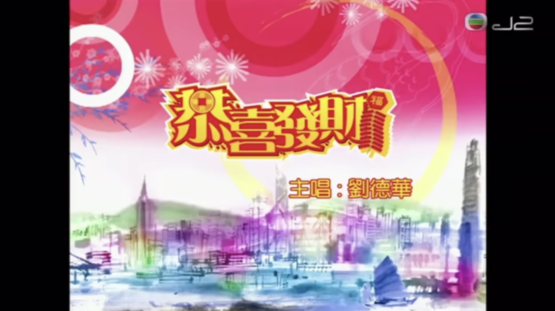
Designated bgm for Chinese New Year|”Gong Xi Fa Cai”
The most simple and violent answer is: new songs are not good, the Chinese music scene is over!
Xiaofan, a researcher of the “Life Research Institute for Young Scientists and Engineers”, is not convinced by this set of arguments. As a science and engineering student with a background in mechanical design, manufacturing and automation, he wonders whether a more objective method based on calculation can be used. , truly show the changes in Chinese music over the years, and end this question and quarrel in one fell swoop?
With this idea in mind, he entered into an unexpected, long struggle that lasted for a whole year, and finally, he came up with an answer that was somewhat beyond expectations.
The answer floats in the sound waves
The ideal way is to design a set of algorithms and teach the machine to score songs. A good song has a high score, and a bad song has a low score. If you compare the scores, it will be clear at a glance. But good and bad are both abstract and subjective. If you want the machine to get an objective and quantitative evaluation, you must first compare and calculate between songs.
This means that the first thing is to convert a song to digital. Xiaofan chose to analyze the sound waves of a song.
Put a song into the editing software and you will see its waveform. This waveform can not only present the volume of a song’s sound, but also contains a lot of other information. The human ear can easily distinguish the singer, style, genre, and even live or recording of a song just by listening to it. How to make the computer understand it? Through deep learning.
First, he cut the beginning and end of each song, randomly intercepted 90 seconds of audio, divided it into 1800 consecutive segments, and performed Fourier transform on each segment. Each sound is composed of multiple different frequency vibrations. Here, the role of Fourier transform is to separate the frequencies contained in each segment for the deep learning model to understand.
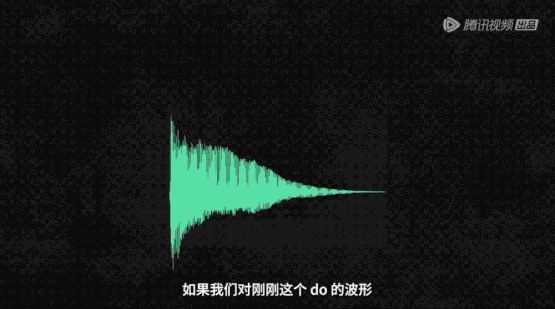
Image source: “Life Research Institute for Young Scientists and Engineers”
After calculation, each song becomes a data table with 1800 columns by 3248 rows, indicating which frequencies are contained in the 90 seconds of songs. Because the amount of data was too large, he then performed two compressions to reduce the data representing each song to 600 numbers.
This process can be understood as a process in which the pixels of a picture are continuously reduced, during which information is greatly degraded. In order to ensure that you can still recognize the content of the picture after the picture quality is reduced, which pixels to keep and which pixels to exclude become very important.

Image source: pixabay
Xiaofan hopes that through these 600 numbers, he can “recognize” this song, just like the deep learning model of image recognition can recognize a dog as a dog and a cat as a cat.
To train the model, he collected 5,400 popular songs from 1977 to 2022.
There is a principle in the selection of songs here, that is, there are crosses between tags, “For example, in the songs of the three singers of abc, there is the composer m, and in the songs sung by a, other people will be found to compose the music. The more intersections of shapes, the more beneficial it is for the learning of this model.”
This is to avoid the model from making rigid associations between different labels, that is, algorithmic bias. For example, Jay Chou and Vincent Fang are a very common combination. At this time, we need to find more songs that Vincent Fang wrote for others to create a crossover.
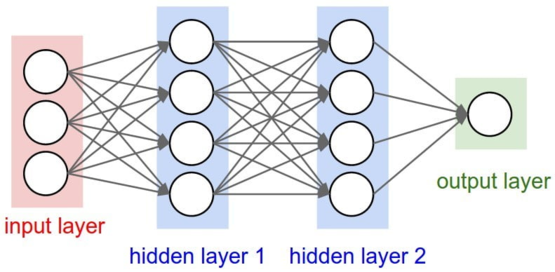
Deep neural networks often have multiple hidden layers between input and output|bmcblogs
Next, he needs to set some “correct answers”, some tags that can describe these songs, besides singers and composers, there are also years, emotional colors, music types, genres, time signatures, modes, etc.
In short, the learning process is to let the neural network calculate 600 numbers through layers to guess the corresponding information of a song: who sang it? what mode? If the guess is not accurate, go back and recalculate until the guess is correct, and the cycle repeats 5400 times.
Back to labeling. At first, the category was not determined, and he needed to listen and summarize. For example, for music types, he summed up eight types: pure music, rebellion, sad love, sweet love, magic, life, handsome, and themes.
At first glance, this does not seem to be detailed and comprehensive enough, but in fact this step is not to provide a full scientific classification of songs, “The biggest purpose is to reflect the degree of differentiation between songs, as long as it is enough to allow songs of different types to be classified Hit different labels, and there is no confusion between them. “
Once the categories are set, data tagging becomes pure manual labor. Xiaofan was completely involved in it. It took two or three weeks to mark five or six hundred songs, and he had to ask for help. In the end, he hired several music majors to join this work. It took almost two months to complete the work. Finish.
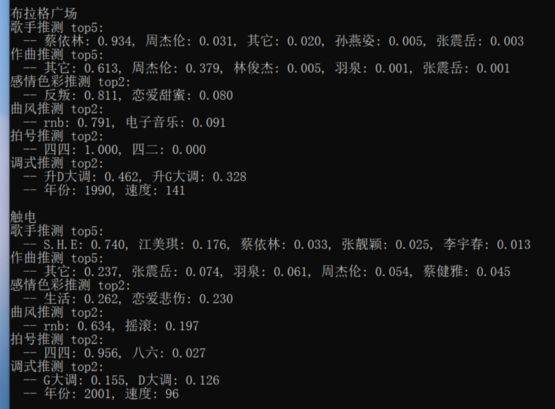
The result of “guessing the song” after a certain amount of learning of the model|”Life Research Institute for Young Scientists and Engineers”
“Mean Song” also has spring
After classification and data labeling, there are still a bunch of numbers in front of Xiaofan – what do they mean? And how to structure these data to answer the controversial question at the beginning?
At the beginning of the research, Xiaofan thought about a concept of “information entropy”. A simple understanding is the complexity of a song’s information. A program can be designed to detect whether there are repeated similarities between each song, and if there is, the value becomes lower.
But this is still too abstract and complex, and the criteria for judging it are not very convincing. After nearly half a year of “running around and interviewing”, he kept running into a wall, and he had a flash of inspiration, and a new concept emerged: the average song .
Average, which means ordinary, not brilliant, bad street, does not seem to be a positive evaluation. But in the category of songs, it is often the most in line with and reflect the taste of the public. From a calculation point of view, the average song means that in the selected range, the songs similar to this song are the most.
Since the average is to be calculated, the sample range and frame of reference must first be selected.
Through the summaries of netizens over the years and the Tencent music charts, he found a list of the top 100 songs every year since 1998, with a total of more than 2,000 songs.
At this time, you can move out the complex deep learning model for calculation. Using the model, generate 600 numbers for each song that represent them – think of them as points in a 600-dimensional space, and you can understand the relationship between numbers and calculate the position of the average point.

Image source: “Life Research Institute for Young Scientists and Engineers”
Since there is probably no real song at the average point, the average song is the one closest to that point. The result is a long, sorted playlist showing what the average song is for each year.
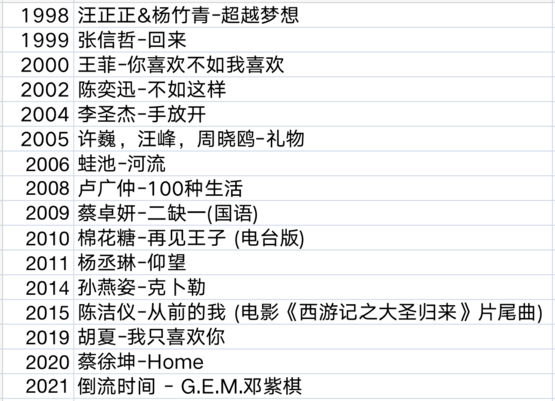
Average song results over the years|”Life Research Institute for Young Scientists and Technologists”
But this did not prove the simple and crude conclusion as he originally imagined: Chinese songs are getting worse. On the contrary, the average song every year did not show such a big change .
Xiaofan ran to seek the opinion of the music editor in the studio. The other party responded with feelings: the music mix changes obviously with the change of the age. Many songs in the 1990s were dominated by synthesizer tones. In the 00s, the recording level of real instruments improved. It is becoming more and more intense, which may have something to do with the rise of hip-hop music.
But for the average songs, the commonality is greater than the difference: the overall average songs all emphasize a clear and clear main theme, and rarely deviate/transpose/change the basic rhythm pattern.
This conclusion seems a bit dull, far less than people’s imagination.
I want to sing “Outrageous Song” to you
At this time, Xiao Fan was attracted by the data that was farthest from the “average”. The song list is sorted according to the distance between the songs and the average point. The first song is the closest, and the further down is the song with the farther distance. These songs are unique in their own specific eras, and they are different from anyone else-Xiao Fan calls them “outrageous songs” .
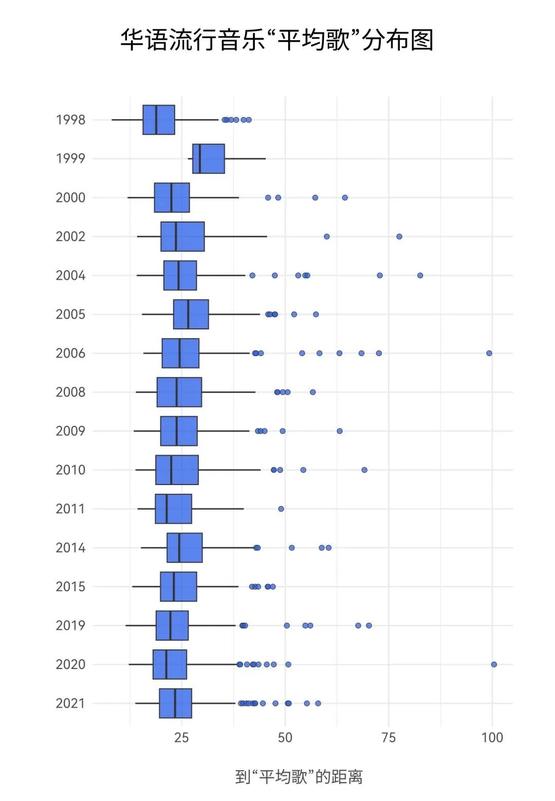
The discrete dots on the right represent outrageous songs that are out of place|Data source: “Life Research Institute for Young Technological Workers”
The outrageous song makes people’s eyes shine. First of all, they do show “outrageousness” compared to the times, such as “Frustrating Ice March”, which was ranked fifth from the bottom in 1999, and “Persian Cat”, which was ranked fourth from the bottom in 2004. There is also a man who almost dominated the outrageous song list in the most active decade: Jay Chou .
In this regard, music critics said that Jay Chou’s music deviates from the traditional and mainstream music language in many ways. So the years when he released his albums are outrageous, “This is the most amazing musician who breaks the boundaries.”
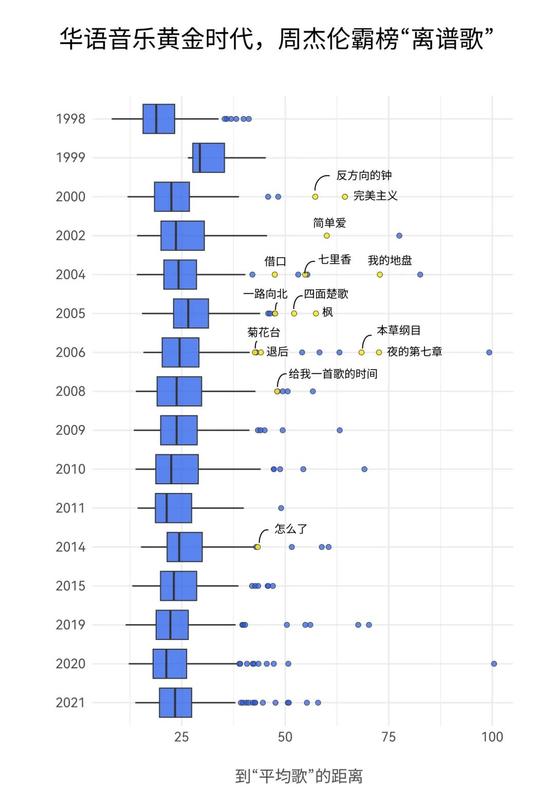
On the whole, it is not as many people imagine that people’s aesthetics have become very bad nowadays, which has led to the popularity of “Douyin Divine Comedy”. On the contrary, music critics commented on Feng, “This list reflects that the mainstream aesthetics of the public is actually changing slowly and relatively stable.” At the same time, it is easy to sound similar to previous songs.”
For Xiaofan, his first impression of the outrageous songs in recent years is “I don’t like to listen to them”, “Songs like disco songs, not songs you want to sing along with”. In terms of numbers, the pre-2010 outrageous songs also seem to be more outrageous, with more songs with high outrageous values.
The innovation is not as high as before, and the popularity is far less than before. This may cause these outrageous songs that should have opened up the boundaries, no longer have the ability to challenge the boundaries and lead the public’s aesthetics like Jay Chou’s songs.
If the algorithm answer is a mistake, may you and I not suffer in vain
When this project was first launched, at the end of 2021, a video was circulated wildly on the Internet. It was the top ten hit song list released by Tencent Music. After listening to the netizen almost unanimously came to the conclusion: the Chinese music scene is over.

Image source: TMEA Top Ten Hot Songs of the Year
Xiaofan’s interest in this topic is not only because he wants to verify it, but also because he has a little doubt about this assertion. “In general, I still believe that Chinese people are not stupid. There are still many people writing songs. In theory, there should be good songs, but why can’t we see or hear them? I’m curious.”
He somewhat regrets the current conclusion, that music has not gotten worse, but that art’s ability to inspire us, to inspire novelty, does seem to have stalled .
But not everyone agrees with this conclusion. Xiaofan made a video of the research process and posted it on the Internet, triggering heated discussions among netizens. Some netizens believe that pop music is not equal to music. Pop music has become a commodity and has become routine, but music itself is still in the process of endless innovation and change, but it has become harder to be seen under the current mechanism. .
It was also suggested that the “outrageous songs” of the past can be compared in a few years to see if they are still “outrageous”.
In addition to comments from netizens, this study compresses the 5 million numbers representing the frequency of a song to 600, which is bound to face the problem of over-simplification and a large amount of information loss. To what extent do these 600 numbers represent the song behind it? From Xiaofan’s point of view, it may be about 70%.
Further improvement, in theory, he can also put more labels, so that the distinction between songs is more obvious. Under the current big classification, two songs that sound quite different may still be labeled with similar labels-just like face recognition, which recognizes the faces of two people as one person.
Another regret is that in more formal deep learning projects, there must be a cross-validation process. From different starting points, use different paths to calculate to see if you can reach the same end point. Such a link was not included in this study.
So in the end, is the Chinese music world over?
After a lot of trouble, people still haven’t been able to get a conclusion that can be done once and for all. The significance of this may be that it expands the possibility of discussion for this seemingly unsolvable debate, and provides a new way of attacking each other beyond the terms “memory filter” and “milk consumption”. understanding perspective and some new arguments.
references
[1] Tencent Video Documentary “Life Research Institute for Young Scientists and Engineers”, Episode 14, Is the Chinese music scene really dying? https://ift.tt/zgUWMeZ
[2] https://ift.tt/jY0o4Cb
[3] https://ift.tt/40Ue1yM
Author: Weng Yang
Edit: Worm

This article comes from Guoke, and shall not be reproduced without authorization.
If necessary, please contact [email protected]

This article is transferred from: http://www.guokr.com/article/463340/
This site is only for collection, and the copyright belongs to the original author.